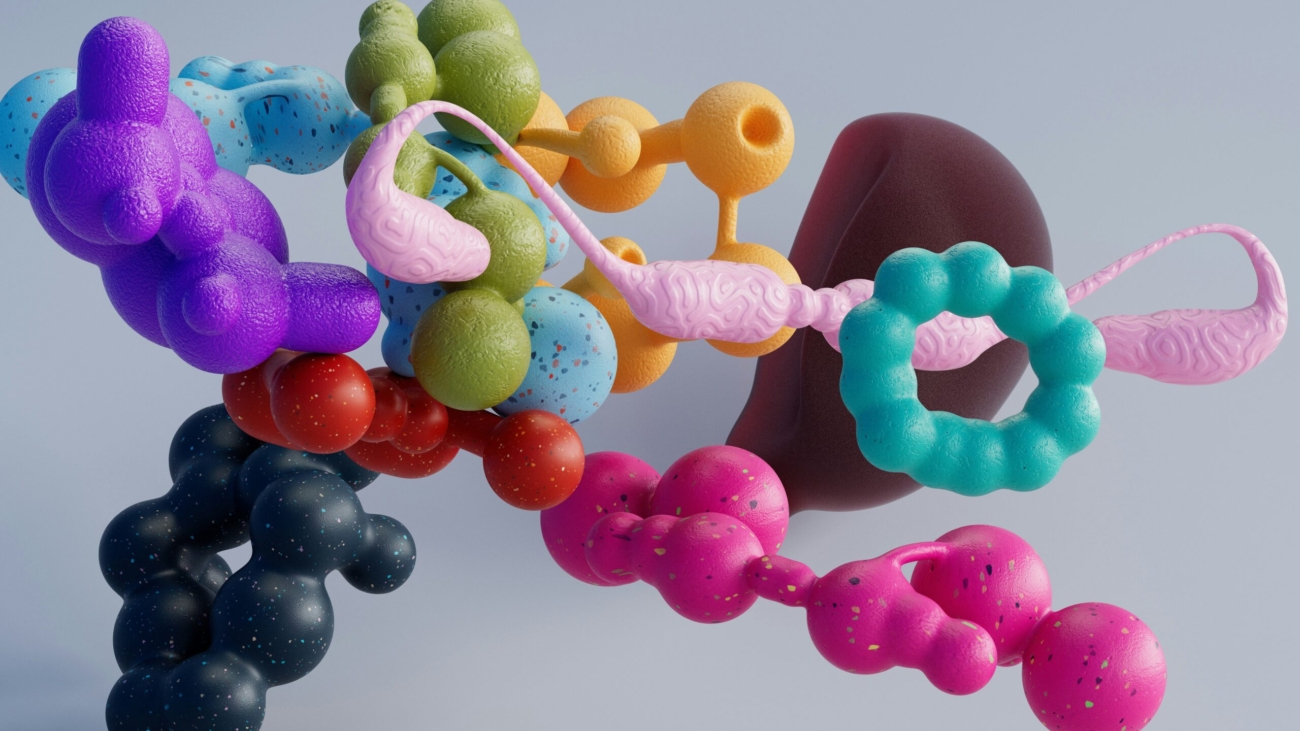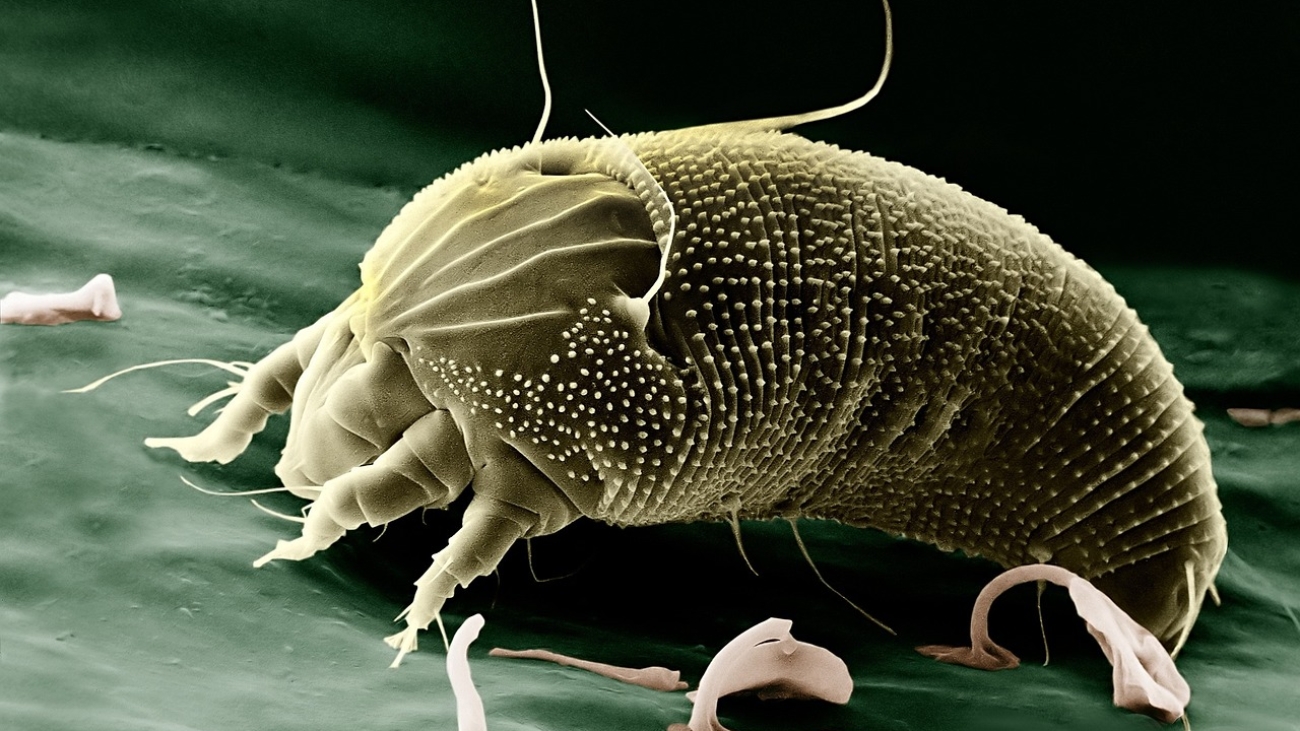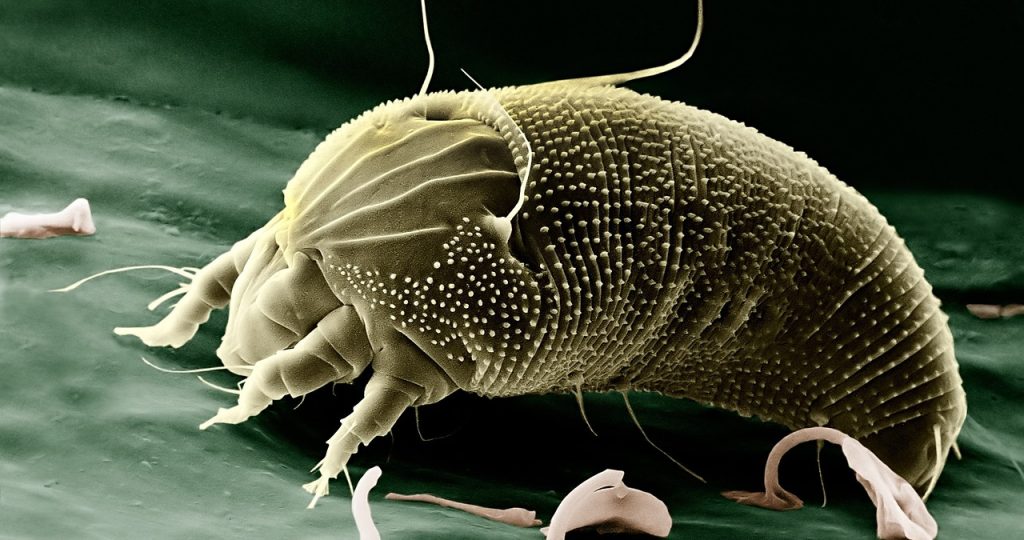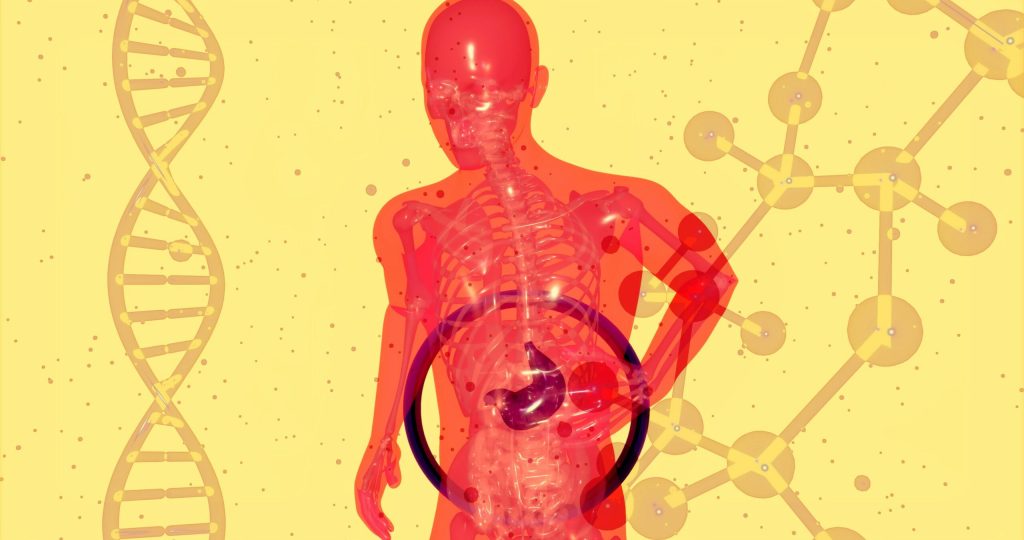Medically Reviewed By Dr. Seema Satbhai BAMS, MPH, PHD (Public Health Expert)

Introduction
Adolescent pregnancy is still a big health problem around the world, especially in low and middle-income countries. Every year, millions of young girls become mothers, which can harm their health and make it harder for them to finish school or have a better future. To help fix this, the World Health Organization (WHO) has made new guidelines and recommendations to prevent early pregnancies and protect young girls from its adverse effects.
The Scale of the Problem
Every year, about 21 million girls between the ages of 15 and 19 in LMICs countries get pregnant, and about half of these pregnancies are not planned or intentional. In 2021, over 12 million girls aged 15 to 19 and nearly 500,000 girls aged 10 to 14 gave birth. These numbers show that we need to take action, especially in places like sub-Saharan Africa and Latin America, where adolescent pregnancy is most common.
Health and Social Consequences
Adolescent girls who become mothers have a higher chance of facing serious health problems during pregnancy and childbirth. Their babies are also at greater risk of infant mortality. Early pregnancy can also cause big problems in their lives many girls have to leave school, find it harder to get a good job, and may stay poor. Child marriage makes things worse, as young brides often have many pregnancies, feel stressed or sad, and have less control over their own lives.
Underlying Causes of Adolescent Pregnancy
There are many reasons why adolescent pregnancy is common in LMICs’ countries:
Child Marriage: In some cultures, girls are expected to marry before they turn 18, which often lead to early pregnancy.
Lack of Education: Girls who don’t go to school or drop out early are more likely to become pregnant. Education helps them to acquire knowledge of self protection and important skills that can delay marriage and pregnancy.
Poor Access to Health Services: Many adolescents can’t get proper sexual and reproductive information, birth control, or information about their body and their rights.
Gender Inequality: In some places, girls don’t have a community among themselves, which reduces their ability to make informed decisions about sex and contraception.
Sexual Abuse: Some adolescent pregnancies happen because of forced sex or abuse, which puts girls in even more danger.”
Progress and Remaining Challenges
There has been some good progress in the last 20 years. The number of adolescent births around the world was declined by 34% from 2000 to 2021, and child marriage dropped by 24% between 2010 and 2020. This happened because of better education about sex, community support, and helpful government policies.
But not everyone is seeing these improvements. Girls who live in rural areas, have little education, or come from low-income families are still at risk. Weak health systems and missing policies are still making it hard for many girls to get the help they need.
WHO’s Updated Recommendations
The World Health Organization (WHO) knows there has been progress and many challenges. So, in its new 2025 guideline, WHO suggests two main ways to help
1. Recommendations to Reduce Child Marriage and help married girls
Rec. 1: Teaching girls’ important skills, building their knowledge, assets and build support from society.
Rec 2: WHO recommended the programmes which aims to reduce child marriages and supporting married girls by involving parents and guardians and especially boys and men and subsequently involving broader community to create and sustain gender equitable environment in society.
Rec 3: WHO recommended giving conditional rewards for girls who at the highest risk of child marriage to increase or extend their school attainment and delay marriage as a part of broad strategy under social protection interventions.
Rec 4: WHO recommended removing gender related obstacle and making sure girls can go to school for at least 12 years and get quality education.
Rec 5: WHO recommended that the adolescent girls should be economically empowered by increasing their financial literacy, knowing the importance of savings and access to employment skills that can expand their alternative options to marriage before turning 18.
Rec 6: WHO recommended creating laws and policies that restrict marriages in general before the age of 18. These laws and policies should be uniform with the standards of human rights.
2. Better Access to Birth Control (Contraceptives)
To improve adolescents’ use of contraceptives, WHO suggests:
Rec 1: WHO recommends programs that help adolescents challenge harmful gender norms and build confidence so they can make informed choices about using contraception.
Rec 2: WHO recommends programs that change unfair gender and social rules to help adolescents make their own choices about contraception and to make it easier for them to get and keep using it.
Rec 3: People of reproductive age should have the option to give themselves injectable contraception as another way to access it.
Oral contraceptive pills (OCPs) should be available without a prescription for people who use them.
Emergency contraceptive pills should be available without a prescription for anyone who wants to use them.
Women should be able to get up to a one-year supply of contraceptive pills based on their needs and preferences. Programs should make sure pills are easy to get while also managing supplies well. The system should be flexible so women can get the amount they need when they need it.
Rec 4: WHO recommends taking steps to lower the cost of contraception so that adolescents can afford to start using it and keep using it.
Rec 5: WHO recommends using accurate and safe digital health tools for adolescents as part of sexual and reproductive health programs
Good Practice Statement
Apart from recommendations, WHO has given some good practice statements to prevent child marriages and adolescent pregnancies and better access to contraceptives.
- Important leaders like those in politics, government, religion, and local traditions should be encouraged to help stop child marriage and support girls’ rights. These people are even encouraging access to, use of, and continued use of contraception among adolescents.
- Efforts to support women and girls should also include the specific needs and rights of girls who are married or living with a partner, whether formally or informally.
- Adolescents, including those who are married or living with a partner, should be actively involved in planning, designing, and reviewing programs that support their needs and rights.
- Programs to improve the quality of health services should be put in place to help adolescents access, start using, and continue using contraception.
- Laws and policies about age, marriage, and consent should be clear and supportive so that adolescents can access sexual and reproductive health services and contraceptives more easily and keep using them.
- Adolescents should be actively involved in planning, carrying out, and reviewing programs that support their contraceptive needs and rights.
Global and Local Implementation
The new WHO guidelines highlight that every country and community is different, so plans should be made to fit local needs. WHO is working with other groups like United Nations Population Fund (UNFPA), Girls Not Brides, and Family Planning 2030 to help governments in
Running awareness campaigns
Training local workers and leaders
Giving expert help and advice
Sharing successful ideas and strategies that have worked in other places
Conclusion
Preventing adolescent pregnancy is not only a health priority but also a matter of equity and human rights. Investing in adolescent girls’ education, empowerment, and access to quality health services is essential for building healthier and more resilient community. When girls get a good education, learn about their bodies, and feel confident, they can make better choices for their lives. WHO’s guidelines give countries a clear plan to help every adolescent girl live a healthier, safer, and better life.
References:
WHO releases new guideline to prevent adolescent pregnancies and improve girls’ health, 23 April 2025, World Health Organization
WHO guideline on preventing early pregnancy and poor reproductive outcomes among adolescents in low- and middle-income countries. Geneva: World Health Organization; 2025. Licence: CC BY-NC-SA 3.0 IGO.
Adolescent pregnancy, 10 April 2024, World Health Organization
Emergency contraception, 09 November 2021, World Health Organization
Crooks R, Bedwell C, Lavender T. Adolescent experiences of pregnancy in low-and middle-income countries: a meta-synthesis of qualitative studies. BMC Pregnancy Childbirth. 2022 Sep 12; 22(1):702. Doi: 10.1186/s12884-022-05022-1. PMID: 36096763; PMCID: PMC9469636.
Sabet, Farnaz et al., The forgotten girls: the state of evidence for health interventions for pregnant adolescents and their newborns in low-income and middle-income countries, The Lancet, Volume 402, Issue 10412, 1580 – 1596
Navideh Noori, Joshua L Proctor, Yvette Efevbera, Assaf P Oron – The Effect of Adolescent Pregnancy on Child Mortality in 46 Low- and Middle-Income Countries: BMJ Global Health 2022;7:e007681.




















